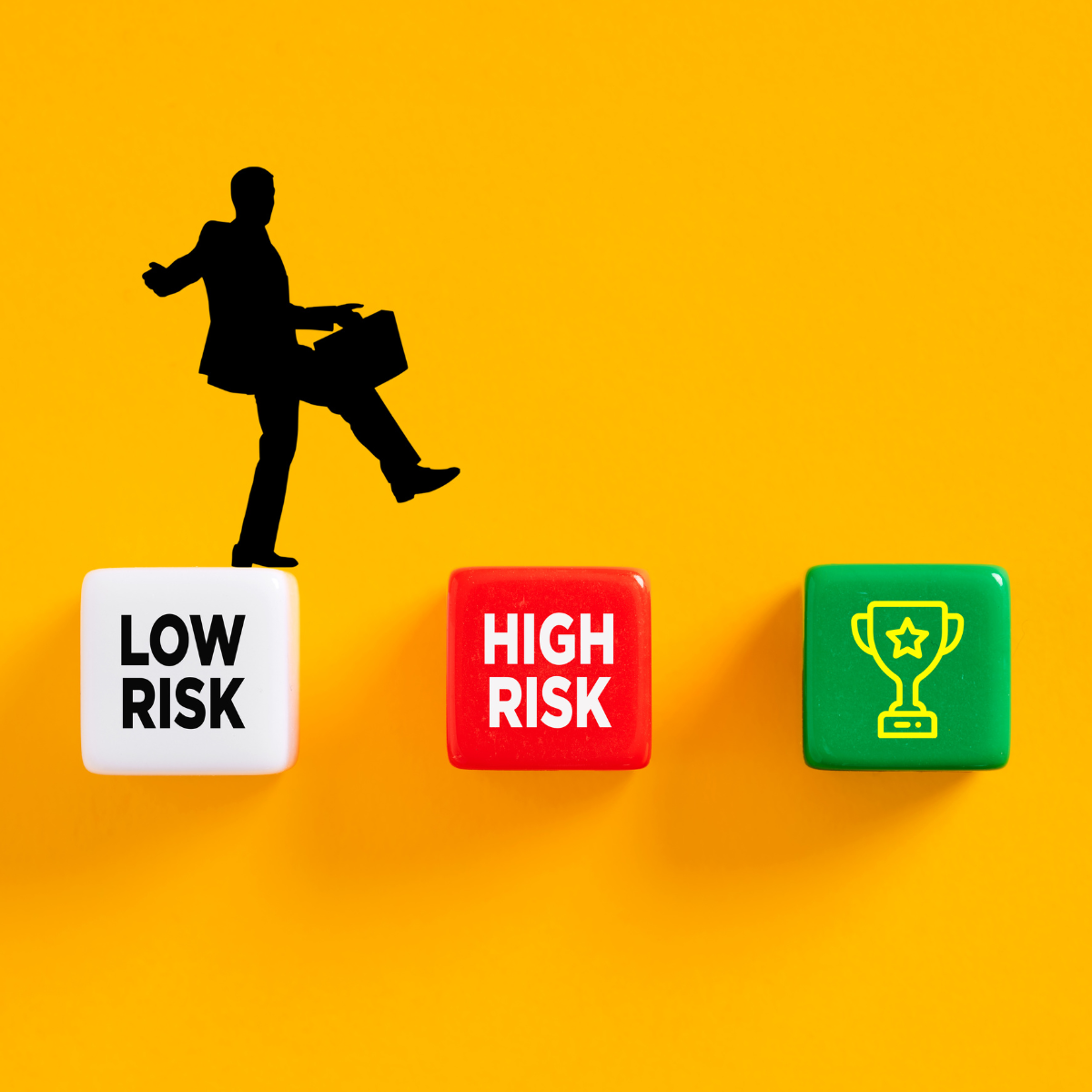Psychosocial Risk Management in the Workplace

Psychosocial risk management means controlling risks that increase the likelihood of work-related stress. It’s harder to predict psychosocial risk with risk matrixes that are used to identify or predict physical hazards, like chemical or electrical hazards. Managers do not have much information about the daily work life and general life stressors of their employees. Also, managers are not often aware of how to identify psychosocial risks. So, sometimes these risks are overlooked.
What are Psychosocial Risks?
Psychosocial risks may include anything in the work process that compromises a worker’s mental health and well-being. Some commonly identified risks that increase the likelihood of work-related stress include:
- work overload
- little role clarity
- poor supervisory support
- low job control
There are risks that exist in other categories besides worker stress: fatigue, workplace violence, and workplace bullying.
Do You Need to Fix Every Risk Identified?
Don’t jump to conclusions. Just because a risk is identified, doesn’t mean it’s hazardous to the workforce. For example, some workers thrive working extra hours that others would consider extremely stressful. Other workers prefer a very structured job where they receive detailed instructions about what to accomplish in a day while others thrive in the freedom of planning their own workday. You may identify risks that could potentially be more hazardous and cause more stress for certain groups of workers (different departments, for example) than others.
These psychosocial problems can have a very negative effect on productivity. Psychosocial issues can also cause physical health conditions. According to this report, 745,000 people globally died from a stroke or ischaemic heart disease as a result of working 55 hours or more per week in 2016.
It’s important to not only identify the risks present but to also determine whether or not those risks will result in harm to the worker. If the risk is high, then prioritize safeguarding those problems.
Ineffective Strategies for Controlling Psychosocial Risks
Many employers implement strategies with good intentions; however, they are not very effective in controlling these types of problems. These include:
- promotion of healthy habits
- training in soft skills, like resilience and mindfulness
- psychological safety programs
In the safeguard hierarchy, these strategies would fall under “improve human performance.” Good initiatives, but they don’t control psychosocial problems very well because they depend too much on the worker to adopt healthy habits.
So, where do you begin? The best place to start in controlling psychosocial hazards is to conduct a risk assessment.

Psychosocial Risk Assessment
There are many steps to performing effective psychosocial risk assessments.
- Get management support. When we have critical physical safety hazards, we have to get buy-in from management for resources. It’s the same for critical psychosocial problems.
- Conduct an audit and find out where the problems exist. (You can use a free software tool at www.mentalhealthaudit.com).
- Create a mental health policy. Policies help to manage risk and help defend against legal and regulatory actions
- Engage your workers. Ensure that your employee communications and employee feedback loop are healthy.
- Train your managers to identify signs of hazardous psychosocial risks.
- Provide mental health awareness training to all of your workers.
- Establish the metrics for monitoring employee mental health. Some ideas are measuring absenteeism, employee turnover rates, harassment reports, workers’ comp claims, and accidents and injuries.
Psychosocial Support Plan
After conducting a risk assessment, you’ll have data to turn into useful information to develop a psychosocial support plan. You may want to consider creating a custom list of problems that you discover are prevalent at your company, and focus there.
Don’t stop there. Continue to monitor for psychosocial risks to ensure your corrective actions have been effective. Over time, you will want to detect changes, identify new problems, and continuously improve your working system.
In many parts of the world (Canada, Australia, UK), it’s required to assess these risks. However, prevention is important for all workplaces. Psychosocial problems are prevalent wherever there are humans. They are true risks to both the well-being of employees and the success of any company.
To learn more, read ISO 45003:2021, the safety standard on psychosocial risk.
Also, join me at the Global TapRooT® Summit to learn more about psychosocial hazards and their impact on psychological safety.



